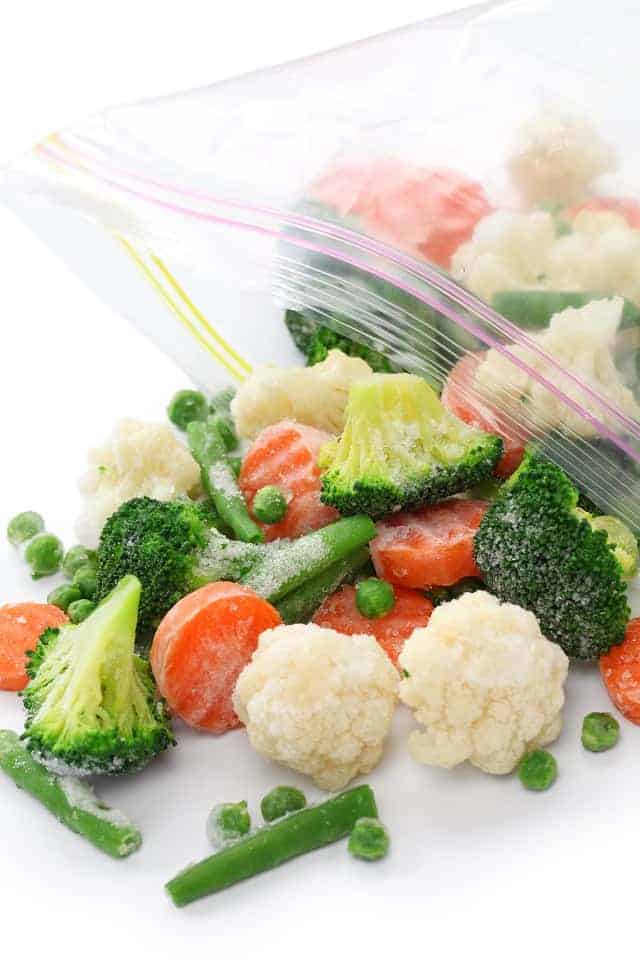All sorts of nutritious edibles are being plucked from the ground across North America at this very moment. Yes, October is harvest time. Even if you haven’t grown your own vegetables this year, you should still make the most of all that great local organic produce that can be so difficult to source (depending on where you live) during the rest of the year.
Preserving produce is an excellent thing to do, but if you’re not into pickling, you should know that one of the easiest ways to hang onto those veggies is to freeze them. Freezing is a great way to lock in that nutrition without having to make too much of a mess of the kitchen. Pickling is great, but it sure is a lot of work!
The following is a handy little cheat sheet for you to use to help you make the most of those fresh veggies. I’ve included some of the most common harvest veggies that you might never have considered freezing before. You’ll notice that some vegetables need to be partially cooked before freezing. That’s because a bit of blanching is required in order to stop the enzyme activity that decays veggies.

Green and yellow beans. Simply snap the tops off the beans, rinse them under running water and cut into one-inch pieces. You can keep smaller beans in one piece if you like. Blanch them in boiling water for about 3.5 minutes, and then put the beans immediately in an ice bath for 3.5 minutes. Pop them in a freezer bag and voila!
Beets. Cook the beets until they’re fork-tender, then let them cool before removing the skins (if you will be using your beets for juicing and they’re organic, you can leave the skin on). Cut the beets into chunks before packing into freezer bags.
Broccoli and Cauliflower. The method is the same for both of these veggies. Cut the heads from the stalks. You should have a diameter of roughly 1” per head. Soak in salt water to remove any dirt or insects, and then drain well. Blanch for 4 minutes and then place in an ice bath for 4 minutes before freezing.
Brussels sprouts. Wash the sprouts by soaking in salt water. Rinse before blanching for 4 minutes. Place immediately in an ice bath and chill for 4 minutes before freezing.
Carrots. Peel your carrots and slice them into coins. Before you freeze them, blanch for 3.5 minutes and chill for 3.5 minutes in an ice bath.
Pumpkin. Scoop the seeds out of the pumpkin, peel it, and cut it into pieces. Steam or bake until tender. Mash the pumpkin flesh or blend it until smooth. Freeze in one-cup portions.
Spinach. You can freeze raw spinach or you can blanch it for 1.5 minutes and chill in an ice bath for 2 minutes before freezing.
Sugar peas. Wash, blanch for 2.5 minutes, and chill for 3 minutes in an ice bath. Then place in freezer bags.
Peppers. Wash bell peppers and cut into slices. Freeze in bags.
Zucchini. Wash the zucchini, slice it, and then blanch for 2 minutes. Chill in an ice bath for 2 minutes before freezing. Alternatively, you can grate the raw zucchini into one-cup portions and freeze.
Tomatoes. Freeze whole for fresh tomato sauces all winter long.
Want menus to help you use those yummy veggies? Check out Dinner Answers today!